Last Updated
With Maya Train operations set to begin this December, more information is being released to tourists about the specifics of train operations.
General Óscar Lozano Águila, General Director of the Maya Train, announced the expected train fares last Friday.

General Lozano Águila expects international tourists to pay 4.35 pesos, about 26 cents, per kilometer of their journey.
The route connecting Cancun and Tulum, sure to be one of the busiest in the Riviera Maya, is 121 kilometers long, and tickets can be expected to cost around 30 USD for international tourists.
International tourists traveling from Cancun to Izamal can expect to pay about 66 USD for the 257-kilometer journey.

General Lozano Águila pointed out that costs will not be the same for everyone, saying that factors include, “if the passengers are local, if they are national, if they are international, if they are going to receive subsidies or not, if the season is regular, if it is high season, the distance and a kilometer factor per passenger.”
“For a normal tourist, there is a factor of 2.32 pesos per kilometer, a national tourist 2.90, an international tourist is 4.35 pesos per kilometer,” he said.
Prices may also be affected by season, with higher prices during high tourism periods.
In addition, there will likely be discounts for the elderly, the disabled, and students.
Tourists will be able to choose between three ticket options.
Top 5 Travel Insurance Plans For 2023 Starting At $10 Per Week
Easily Earn Points For Free Travel
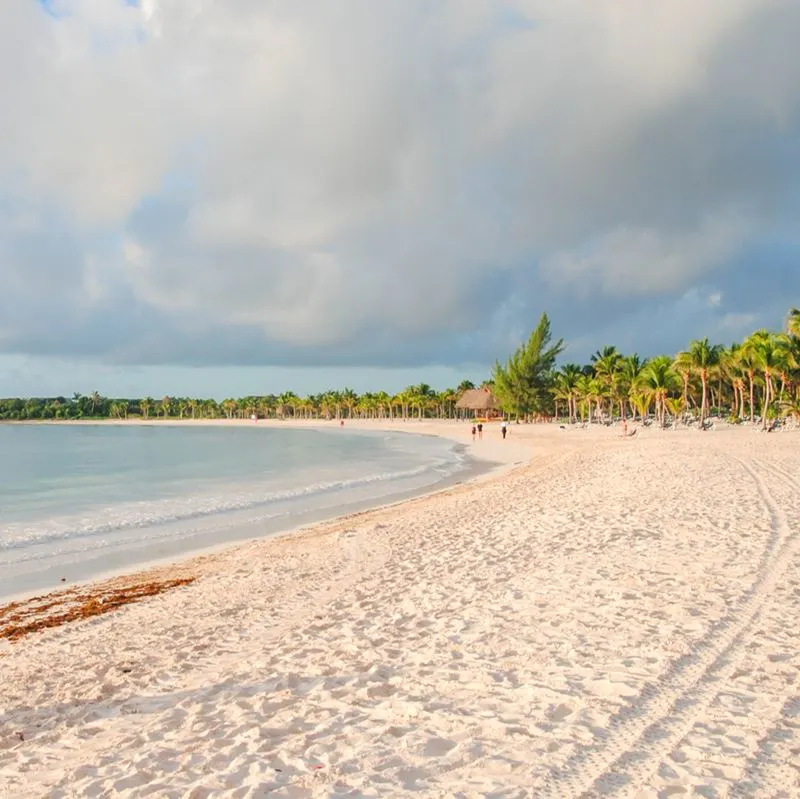
The Maya Train
The Maya Train is a massive infrastructure project in southeast Mexico designed to significantly increase connectivity and tourism in the Maya Riviera.
Throughout Mexico, passionate debate has followed the route of the Maya Train.
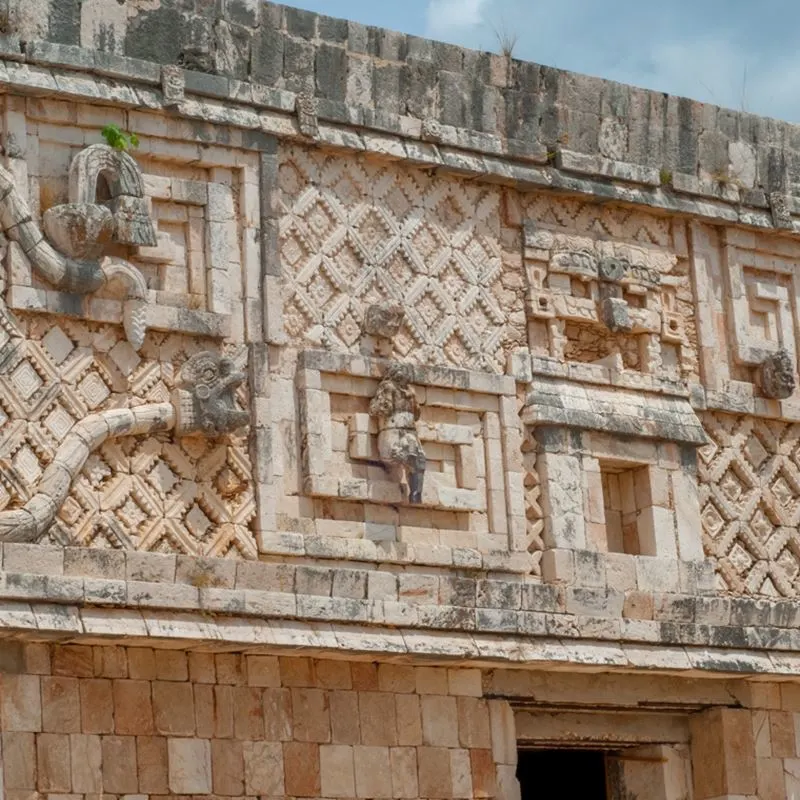
Mexican President Andrés Manuel López Obrador is the leading proponent of the project, which is one of the signature initiatives of his administration.
He and his supporters argue that the train will develop the economy and tourism industry in what is traditionally the poorest region of Mexico.
Regional leaders hope that this will change due to the economic gains that come with increased tourism.
The tourism industry is arguably the biggest beneficiary of the project.
While Playa del Carmen, Cancun, and Tulum are each major draws of international tourists on their own, it can be difficult to move between these beach cities due to limited transportation options.
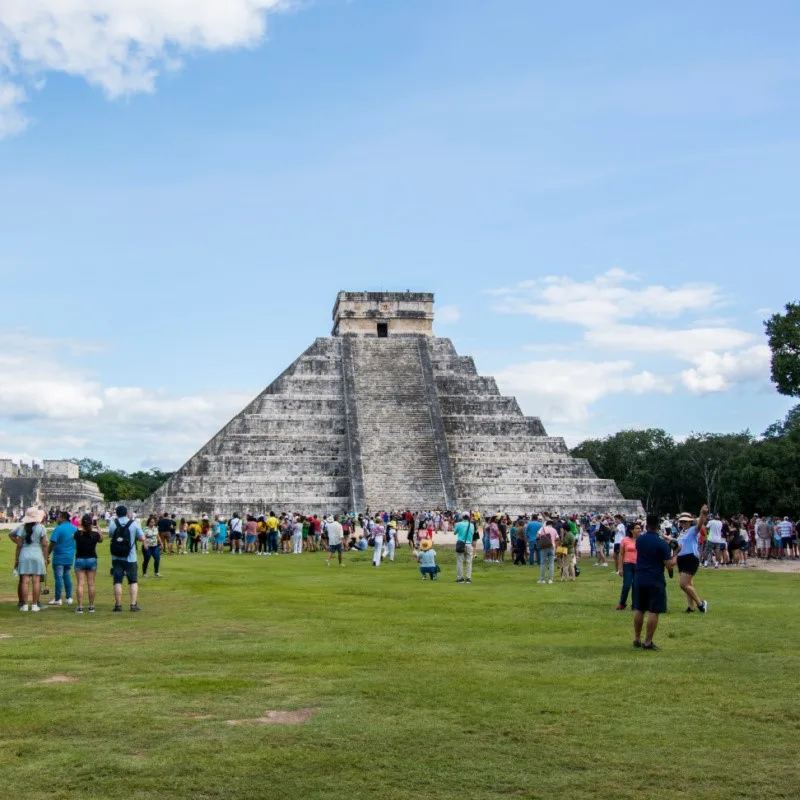
Nevertheless, there are outstanding tourist destinations even further away from these hotspots that should benefit greatly from increased tourism.
Bacalar, Mérida, and Campeche each have natural and cultural sites that will draw tourism once the Maya Train reduces the difficulty of reaching them from Cancun.
Nevertheless, there are concerns about the impacts of the massive infrastructure on the local communities and environment.
Officials promised construction would not impact the local environment, saying no tree would be cut due to the Maya Train.
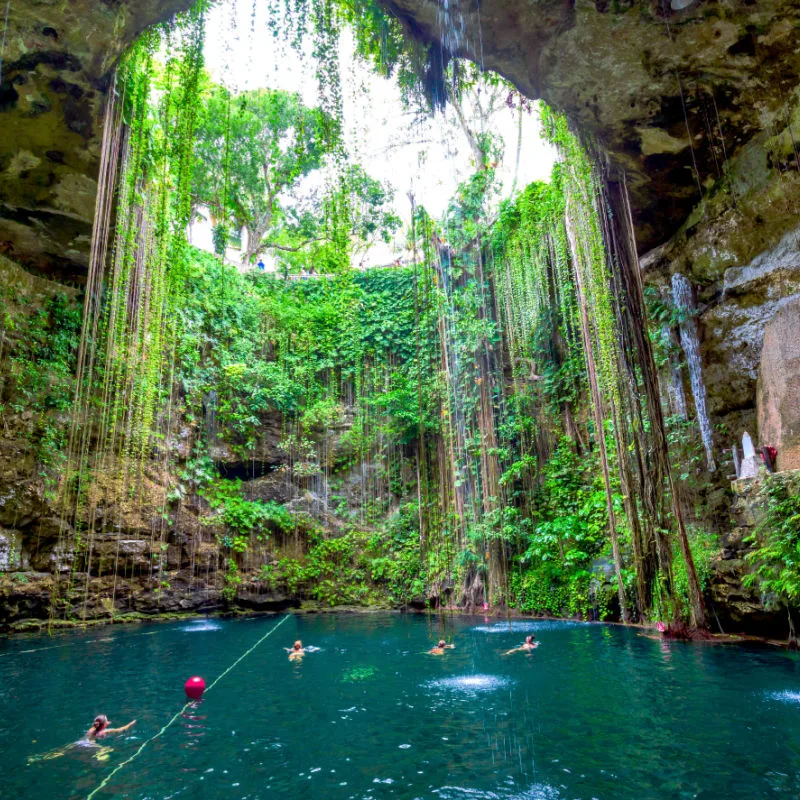
This has been proven false as the project has continued, and deforestation has been a significant side effect of the construction.
In addition, many recently discovered Mayan ruins have fallen victim to construction. However, many of the artifacts discovered along the way will be housed in new museums.
Archaeological survey teams sent to ensure that ruins were not affected by construction have complained that ruins have been bulldozed as soon as they were discovered.
Cenotes Urbanos and other groups advocating for local people worry that the construction could contaminate drinking water.
Millions of people get their water from the Great Maya Aquifer, which lies underneath the ground holding the Maya Train.
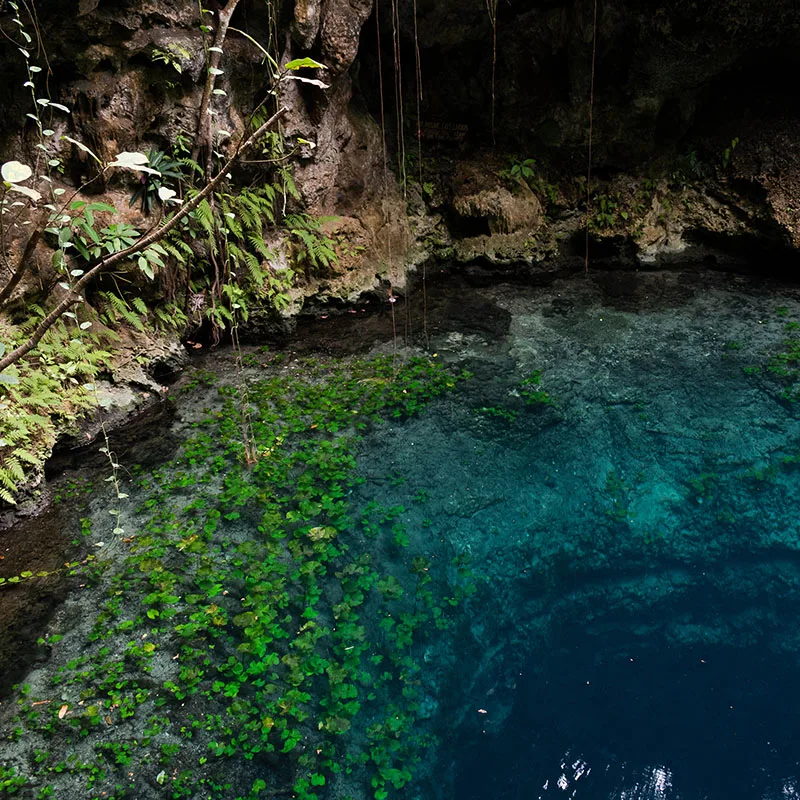
In some areas, only centimeters of ground separate construction from the water.
There have been instances of cenotes collapsing and groundwater being contaminated due to the project. This is particularly dire given the region’s pre-existing water shortages.
Freshwater resources in the Yucatán peninsula have decreased by 59% over the past 20 years, and experts say the region will see a serious water crisis in the next 15 years.
While every group has their own interests to look after with regard to the Maya Train, one thing is certain. It will completely change the landscape of tourism throughout the Mexican Caribbean.
Plan Your Next Cancun Vacation:
Traveler Alert: Don’t Forget Travel Insurance For Your Next Trip!
Choose From Thousands of Cancun and Riviera Maya Hotels, Resorts and Hostels with Free Cancellation On Most Properties
↓ Join the community ↓
The Cancun Sun Community FB group has all the latest travel news, conversations and tourism Q&A’s for the Mexican Caribbean

Subscribe to our Latest Posts
Enter your email address to subscribe to The Cancun Sun’s latest breaking news affecting travelers, straight to your inbox.

Kata
Friday 25th of August 2023
...Distinguish local tourist, normal tourist and international tourist...
Gabriela
Wednesday 23rd of August 2023
While all of this is not true why in the world tourist care? They never do and they never will. So stop your lies and nonsense.
Wayne Mortimer
Tuesday 22nd of August 2023
My God, if you ever had a sliding scale for prices like that in America there'd be Riots for being Racist, Xenophobic and every other name under the Sun. In America if you Cross the border illegally you get the Royal treatment. All you get in Mexico is the Gringo Tax.
Gabriela
Wednesday 23rd of August 2023
@Wayne Mortimer, sure that is why there is so many " gringos" living over there. Please!! Gosh!